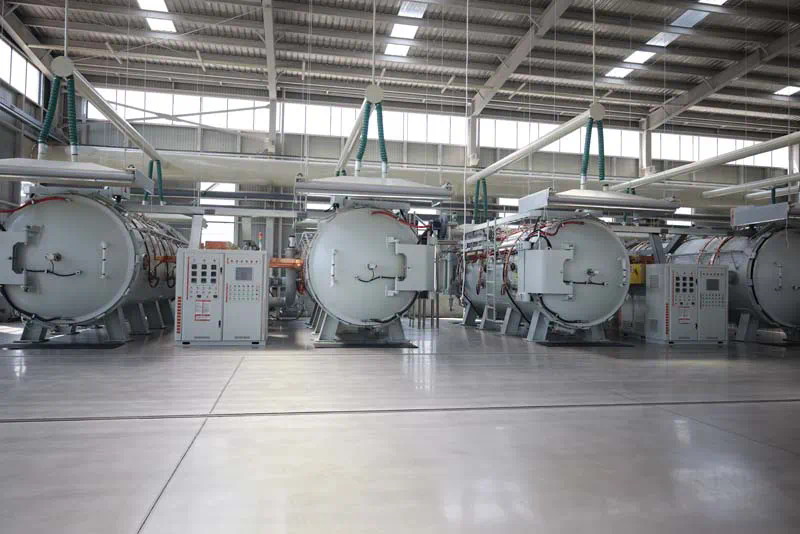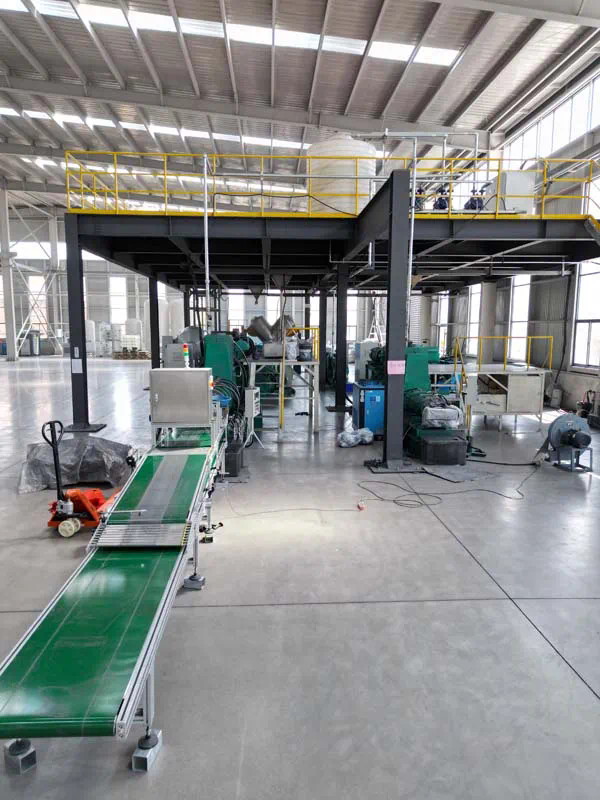How to Choose the Right Silicon Carbide Refractory for Your Needs
Choosing the right silicon carbide refractory for your needs is a critical decision that impacts the performance and longevity of your industrial applications. Silicon carbide (SiC) refractories are known for their high thermal conductivity, excellent thermal shock resistance, and superior strength at elevated temperatures. This article will guide you through the essential factors to consider when selecting silicon carbide refractories.
Understanding Silicon Carbide Refractories
Silicon carbide refractories are composed primarily of silicon carbide particles bound together in a matrix. They are used in applications where materials are subjected to extreme temperatures and harsh conditions. Their unique properties make them suitable for various industries, including steelmaking, glass manufacturing, and ceramics.
The Importance of Application
Before you select a silicon carbide refractory, it’s essential to understand the specific requirements of your application. Different industries have different needs, and the performance criteria may vary significantly.
For instance, in the steel industry, refractories are often exposed to molten metal and slag, requiring high wear resistance. Conversely, in glass manufacturing, refractories must endure high temperatures without deforming or reacting with the glass.
Key Factors to silicon carbide crucible for sale Consider
1. Temperature Resistance
The maximum operating temperature is one of the most crucial factors in choosing a silicon carbide refractory. Different grades of SiC refractories can withstand varying temperatures. It is essential to select a refractory material that exceeds the maximum temperature of your application to prevent premature failure.
2. Chemical Resistance
Refractories often encounter corrosive environments. Understanding the chemical composition of the materials your refractory will be exposed to is vital. Silicon carbide offers excellent resistance to many chemicals, but compatibility should always be verified to avoid degradation.
3. Mechanical Strength
The mechanical strength of a refractory material determines its ability to withstand physical stresses. Consider both the compressive and flexural strength metrics. For applications involving heavy loads or thermal cycling, a high-strength refractory is necessary to maintain structural integrity.
4. Thermal Conductivity
Thermal conductivity impacts how quickly heat is transferred through the material. High thermal conductivity in silicon carbide refractories promotes efficient heat distribution, which is advantageous in applications such as kilns and furnaces.
5. Thermal Shock Resistance
Thermal shock resistance is the ability of a material to withstand rapid temperature changes without cracking or failing. This property is especially important in processes where the refractory may experience sudden temperature fluctuations. Silicon carbide refractories excel in this area, making them ideal for such applications.
Types of Silicon Carbide Refractories
1. Bonded Silicon Carbide Refractories
These are created by bonding silicon carbide grains with a binding agent, typically a resin or a ceramic. This type provides excellent thermal shock resistance and is often used in applications where high mechanical stress occurs.
2. Unbonded Silicon Carbide Refractories
Unbonded refractories consist of pure silicon carbide grains without a binding agent. They offer exceptional wear resistance and are commonly utilized in high-temperature applications.
3. Silicon Carbide Castables
Castable refractories are designed to be poured into molds, allowing for complex shapes. Silicon carbide castables provide the benefits of SiC while offering versatility in form factor, making them suitable for repair work or custom installations.
4. Silicon Carbide Bricks
Bricks made from silicon carbide are used in lining furnaces and kilns. They come in standard sizes and shapes, providing ease of installation and maintenance.
Selecting the Right Supplier
Your choice of supplier can significantly affect the quality and performance of the silicon carbide refractory you choose. Look for suppliers with a solid reputation, technical expertise, and proven track records in your industry. Here are some tips for selecting the right supplier:
1. Industry Experience
Choose a supplier with extensive experience in manufacturing and supplying silicon carbide refractories. Their knowledge of industry standards and practices can guide you toward the best products for your application.
2. Technical Support
A reliable supplier should offer technical support to help you select the right refractory materials. This includes assistance with material selection, installation guidance, and troubleshooting.
3. Quality Assurance
Ensure that the supplier adheres to stringent quality control measures. This could include certifications and compliance with international standards, which guarantee the performance and reliability of their products.
4. Custom Solutions
Some projects may require custom solutions tailored to specific operational demands. A good supplier should be willing to collaborate on developing bespoke refractory solutions.
Analyzing Costs vs. Performance

Cost is often a significant determining factor in material selection. However, it is essential to balance cost with performance. Cheaper refractories may save money upfront but could lead to increased operational costs due to more frequent replacements or lower efficiency.
Consider the total cost of ownership, which includes initial purchase price, expected lifespan, maintenance requirements, and potential downtime costs associated with refractory failure. Investing in high-quality silicon carbide refractories may yield long-term savings despite the higher initial investment.
Installation and Maintenance Considerations
Proper installation and maintenance of silicon carbide refractories are crucial for maximizing their lifespan and performance. Consider the following best practices:
1. Installation Procedures
Follow manufacturer guidelines for installation meticulously. Proper installation techniques, including joint spacing, alignment, and curing, can significantly impact the refractory’s effectiveness.
2. Regular Inspections
Conduct routine inspections to identify any signs of wear, damage, or deterioration. Early detection of issues can prevent costly repairs and downtime.

3. Maintenance Protocols
Establish a maintenance schedule that includes cleaning and minor repairs. Regular maintenance helps sustain the integrity of the refractory and prolongs its service life.
Future Trends in Silicon Carbide Refractories
As technology advances, the development of silicon carbide refractories continues to evolve. Some emerging trends include:
1. Advanced Manufacturing Techniques
Innovations in manufacturing processes, such as 3D printing, are enabling the production of more complex shapes and designs, improving the versatility of silicon carbide refractories.
2. Enhanced Properties
Research is ongoing to enhance the properties of silicon carbide refractories, such as increasing their resistance to thermal shock and improving their chemical durability.
3. Sustainable Practices
With growing environmental concerns, manufacturers are focusing on sustainable practices, including recycling waste materials and reducing the carbon footprint of production processes.
Conclusion
Choosing the right silicon carbide refractory for your needs involves careful consideration of various factors, including application requirements, material properties, supplier selection, and future maintenance. By understanding these elements and staying informed about industry trends, you can make an educated decision that enhances the efficiency and longevity of your operations. Whether you are involved in steelmaking, glass production, or any other high-temperature application, investing time in selecting the appropriate silicon carbide refractory will pay off in the long run.
https://supplychaininterview.com/